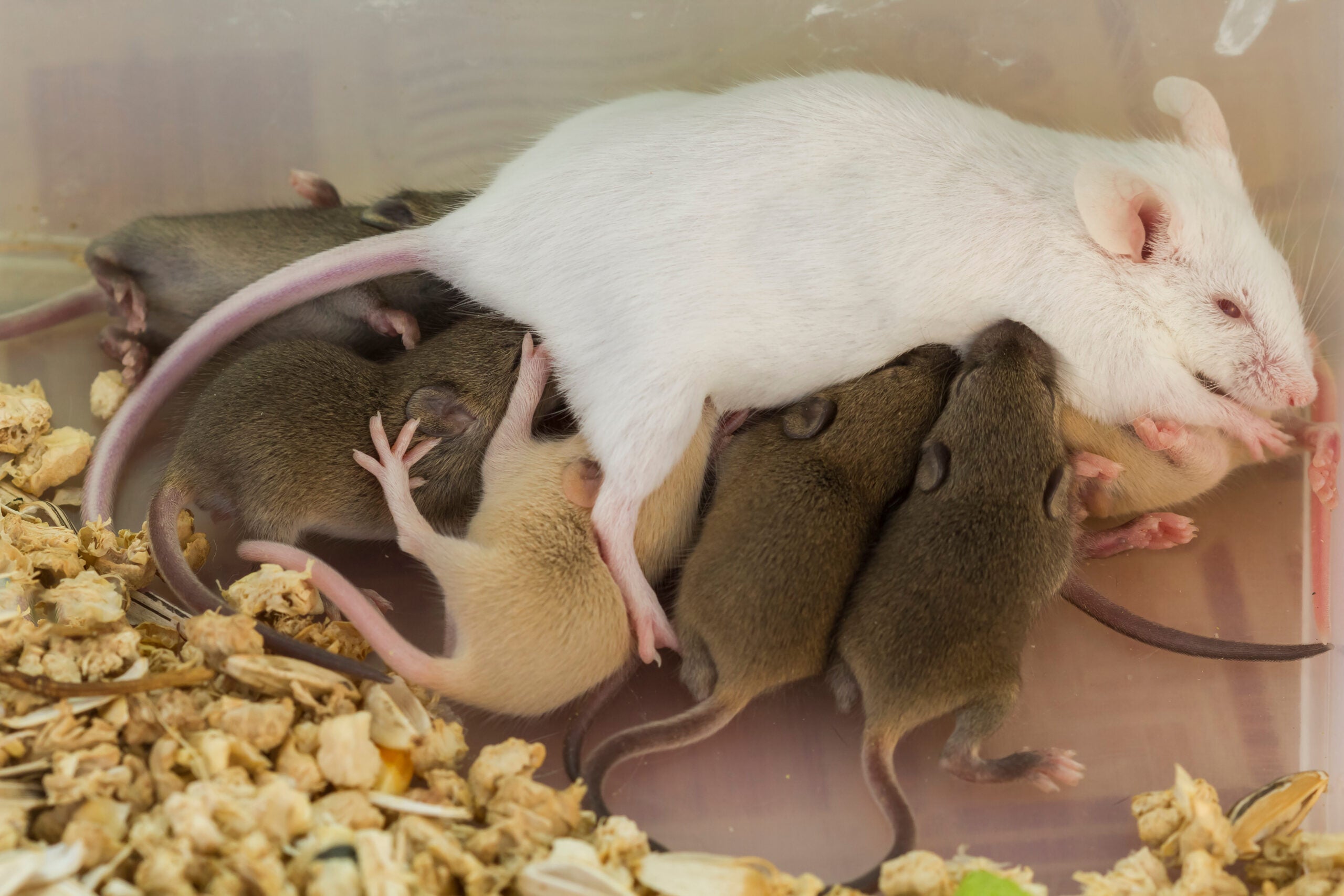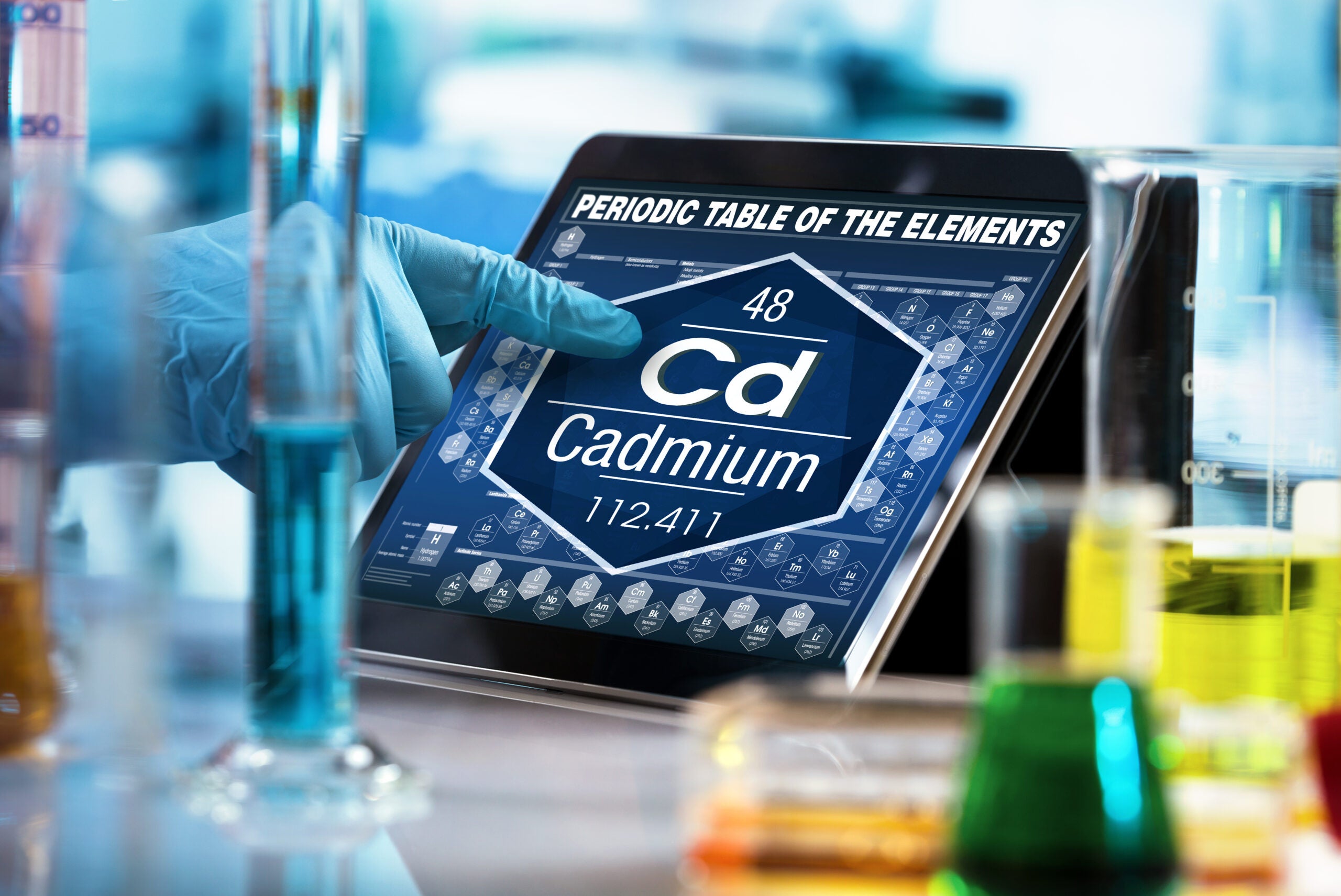Are we ready to get sensible about triclosan use?
Cal Baier-Anderson, Ph.D., is a Health Scientist.
Yesterday the Washington Post reported that the Food and Drug Administration (FDA) is acknowledging that new research raises “valid concerns” about the possible health effects of triclosan, an antimicrobial chemical that can be found in dozens of consumer products as diverse as soaps, personal care products, cutting boards, plastic sandals and even bath towels.
Originally developed as a surgical scrub for use by doctors and nurses, the burgeoning uses of this pesticidal chemical have hugely expanded human and environmental exposures. With little evidence of any actual public health benefits from such uses, FDA along with the Environmental Protection Agency (EPA) and the Consumer Product Safety Commission (CPSC) should move quickly to limit triclosan use. Only those uses that have a demonstrable public health benefit, when weighed against potential health and environmental risks, should be allowed.
Valid Human and Environmental Health Concerns
Studies have demonstrated that triclosan can have hormone-disrupting effects. This is of great concern for both humans and the environment because hormones play important roles in all biological functions, including reproduction, development and metabolism. Recent studies have shown that triclosan can alter hormone levels in laboratory animals (e.g., see here, here and here). Fish exposure studies, which were the first to identify triclosan’s hormone-disrupting potential, demonstrate delays and reductions in hatching success, changes in sex ratio and even malformations following triclosan exposure (e.g., see here, here and here).
There is also growing evidence that triclosan can accelerate the development of bacteria that are resistant to antibiotics, a significant public health concern (e.g., see here, here, here, here and here).
Widespread Human Exposure
In 2003-2004, scientists from the Centers for Disease Control and Prevention detected in nearly 75% of the 2,517 people aged 6 years and older tested as part of its nationwide survey, called the National Health and Nutrition Examination Survey (NHANES). Triclosan has also been detected in human breast milk (see here, here and here). And this finding indicating that hormone-sensitive breast tissues can come into contact with triclosan means the impact of triclosan on human breast cells requires more scrutiny.
Widespread Environmental Contamination
Recent studies by the United States Geological Survey (USGS) document the presence of triclosan in U.S. ground and surface waters, in addition to other suspected hormone-disrupting compounds. Both triclosan and triclocarban (a similar chemical used in many cosmetics to prevent bacterial growth) can bioaccumulate and are extremely toxic to algae, important constituents of aquatic food webs.
These compounds are also found in sewage sludge and there is evidence that triclosan can leach from the sludge into surrounding soil and groundwater and be taken up by organisms.
Triclosan has now been detected in the blood of bottlenose dolphins, providing disturbing evidence of the broad extent of environmental contamination.
Questionable Benefits of Triclosan
FDA acknowledges that there are few if any public health benefits from using some of the most common triclosan-containing products. FDA states: “At this time, the agency does not have evidence that triclosan in antibacterial soaps and body washes provides any benefit over washing with regular soap and water.”
Who Regulates Triclosan?
The multiplicity of products in which triclosan is used, and its detection in aquatic ecosystems and drinking water, means that the regulation of triclosan falls under many jurisdictions. For example, when triclosan is used in toothpaste, it is regulated by the FDA, but it must also be approved for use by EPA’s Office of Pesticide Programs because as an anti-microbial it is classified as a pesticide.
When triclosan-containing toothpaste is used, it is washed down the drain and ultimately some of it passes through sewage treatment plants. In aquatic ecosystems, concerns about potential effects of triclosan would fall under the Clean Water Act, administered by EPA’s Office of Water. Because it can also be a drinking water contaminant, the Office of Water has regulatory responsibility under the Safe Drinking Water Act.
Such a complex regulatory system serves as an impediment to taking a comprehensive approach to triclosan regulation, and has fostered its cavalier use.
A More Sensible Approach is Needed
Antimicrobials such as triclosan may have serve a legitimate purpose in some types of products, but only where benefits can be documented and clearly outweigh potential harm.
For most products, this calculation just doesn’t add up: Without any demonstrated public health benefit, the potential risks from hormone-modifying effects in conjunction with widespread human and environmental exposures simply cannot be justified.
It is time for a wholesale re-evaluation of triclosan use. Triclosan is a pesticide and should be treated as such: It should only be used carefully and strategically. It has no business being used in products – such as personal soaps, body washes, dish soaps, cutting boards, bath towels and sandals – where it provides no public health benefit.













3 Comments
Is there a list of products that contain Triclosan somewhere?
J – You can find a list at http://www.ewg.org. Also read their letter to the EPA about their concerns with Triclosan. Join Better Choices at http://www.betterchoices.ning.com for more blogs and discussions on Triclosan.
Parabéns!! Sucesso para vc!…teu blog é excelente, aliás, já estou seguindo.t+. Quando tiver um tempinho passa no meu : http://sofamosidade.blogspot.com